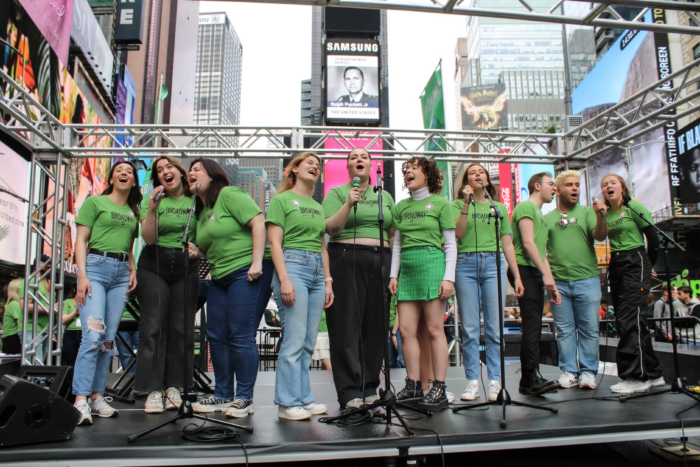By most reasonable measures, this should be a healthy shopping season for retailers.
Unemployment remains low. The stock market, despite its occasional jitters, is still high. Wages have increased, and consumer confidence is strong. But consumers, stock markets, and the overall economy are not always reasonable.
While all the key indicators may be in a go mode, there are sufficient signs of warning that keep retailers, economists, and many consumers on alert. Burt Flickinger III, managing director of Strategic Resource Group, marketing consultants in New York, is predicting a 3.4 percent gain in retail spending for this upcoming holiday season, only fractionally higher than last year’s outlay by shoppers.
“We have a mixed picture,” Flickinger says.
The traditional retailers, such as Macy’s, the Gap, and Bloomingdale’s, will continue to be severely buffeted by discounters Walmart and Costco, as well as by Amazon, as they have been for years, he says. But an array of what he calls “new concept” stores are set to fare well. These are stores that cater to personal fitness, health and beauty, and specialty food items.
Some examples:
Rent the Runway, an online service started in 2009 by two young New York women, provides designer dresses and accessory rentals. The clothing and other items are usually worn overnight and are shipped back the next day.
“This concept is not going to take over shopping, but it’s been very successful and will continue to be as shoppers become more accustomed with a rent-a-world society,” says Steven Greenberg, president of Five Towns-based The Greenberg Group, which follows retail trends.
Drybar, a chain of salons providing hairstyling services, such as blowouts, for women, at what are called lower prices than older outlets. Blue Apron is a food retailer based in New York City that provides its customers with pre-measured food and recipes each week. Meals, the company says, cost just under $120 for two people, for three recipes per week.
But the traditional retailers are fighting back, making better use of physical space, experimenting with technology, and dreaming up new customer services.
Macy’s, for example, has launched its The Market @ Macy’s, earlier this year. The concept allows pop-up shops at Macy’s stores in New York and other cities, allowing brands normally available online to occupy space in a big retail store.
“Pop-up and new store concepts are permanently part of the sales and marketing strategies of retailers and brands,” Michelle Grant, head of retailing for Euromonitor International, told the trade publication Retail Drive.
John Rizzo, chief economist for the Long Island Association, the region’s largest business and civic organization, emphatically states that this holiday season will be a strong one, and that there is only a gnawing a perception that the economy may be sliding and that the market may take a nosedive. He says neither is likely.
“I think we’ll have a reasonably strong season,” Rizzo says. “Business conditions are solid.”
Bernice Fehringer, owner of Chocolate Works, in the tony Stony Brook Village shopping center, agrees.
“We’re expecting a very good holiday season,” Fehringer says, adding that the store has recently begun offering a new birthday package that is popular with shoppers. “We’re already very busy with holiday orders.”
Some consumers are wary. Melissa Delano, 35, a substitute teacher and model who lives in Glen Cove, says she typically spends about $1,000 on holiday gifts. This year, she says, may be different because she has had higher medical bills.
“Maybe I’ll spend a little less,” Delano says.
To be sure, the stock market shivers with each mention by President Donald Trump of trade wars against China. The bond market has been gloomy, taking a pessimistic view of the long-term prospects for economic growth.
But unemployment on Long Island remains at more than 20-year lows, at about 3.6 percent. Private sector jobs on the Island increased over the year by 6,100, or 1.5 percent (the state’s over-the-year private sector grew 1.3 percent), and hiring in the leisure and hospitality sector hit record highs, also in the middle of this year. But the uncertainty persists.
“Business activity continued to expand, but at a slower pace than in previous months,” the usually upbeat Rizzo wrote in his most recent economic report for LIA. “The overall economy still appears to be robust, but is showing signs of weakening. Is growing uncertainty a cause of this apparent slowdown?”



























